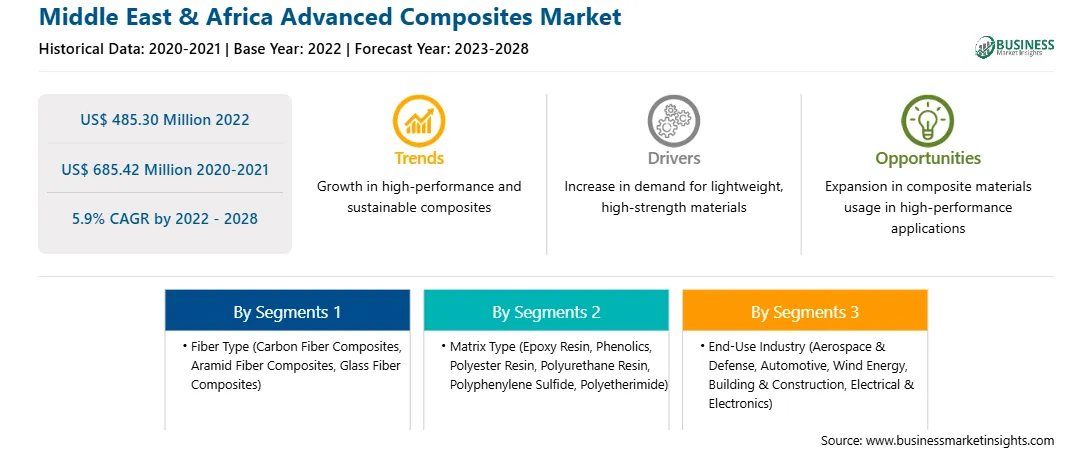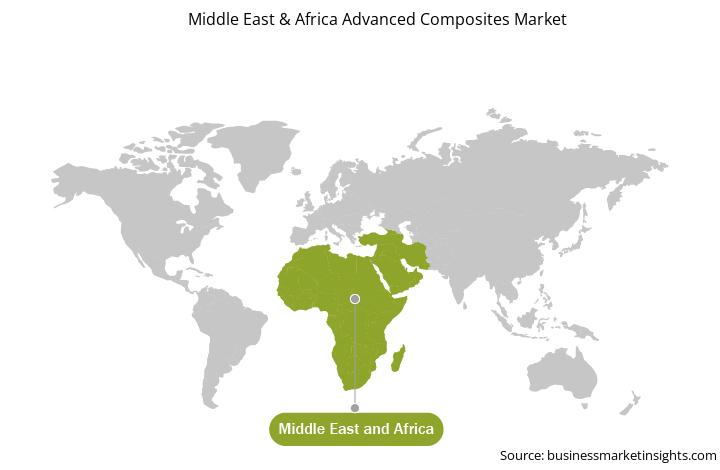Nanocomposites are materials that incorporate nanosized particles into a matrix of standard material. To overcome the limitation of different engineering materials, nanocomposites act as a beneficial alternative. Nanocomposites can be classified based on their dispersed matrix and dispersed phase materials. Polymeric nanocomposites are materials incorporating nanosized inclusions into the polymer matrices. They exhibit excellent mechanical properties, flame retardancy, enhanced modulus & dimensional stability, improved scratch resistance, superior thermal and processing properties, reduced warpage of components, and enhanced impact resistance, making them suitable to replace metals in various industrial applications. These nanocomposites are widely used in medical, electronics, automotive, food packaging, and sport equipment applications. They are also used in aeronautics and spaceflight due to their ability to withstand tension and extreme temperatures. Furthermore, growing research and development efforts are also increasing the applications of nanocomposites. Hence, the rising demand for nanocomposites and associated research & development activities is expected to offer lucrative opportunities for the Middle East & Africa advanced composites market growth during the forecast period.
Governments of various countries in the Middle East & Africa are focused on developing air traffic infrastructure, launching a new national carrier, and developing a better path for new airspace entrants such as unmanned vehicles, including drones and other electric aircraft. For instance, on August 14, 2022, the government of Saudi Arabia invested US$ 100 billion in the aviation sector in order to plan to host at least 300 million passengers and 5 million tons of freight by 2030. The aviation industry in the Middle East & Africa is also fueled by several drivers such as rapid industrialization and growth in disposable income, resulting in a surge of passengers opting for air travel. Further, according to the report by International Trade Administration, the UAE government has supported and invested in various initiatives in the aerospace industry, thus increasing the number of partnerships among significant market players and Original Equipment Manufacturers (OEMs). Further, Saudi Arabia, the UAE, and South Africa are rapidly developing their public infrastructure, including airports, hospitals, and administrative buildings. The construction of commercial buildings and infrastructure has increased due to the rising tourism industry and growing immigrant population. The UAE government has been investing extensively in airport development and expansion projects. For example, the government invested US$ 8.1 billion in Al Maktoum International Airport in Dubai, US$ 7.6 billion for the Dubai International Airport Expansion Phase 4, US$ 6.8 billion for Abu Dhabi Airport development and expansion plans, and ~US$ 400 million in Sharjah's International Airport terminal expansion. Thus, due to governments’ support in terms of investing in airport development, and expansion projects, it is projected to fuel the demand of advanced composites across the Middle East & Africa during the forecast period.
Strategic insights for the Middle East & Africa Advanced Composites provides data-driven analysis of the industry landscape, including current trends, key players, and regional nuances. These insights offer actionable recommendations, enabling readers to differentiate themselves from competitors by identifying untapped segments or developing unique value propositions. Leveraging data analytics, these insights help industry players anticipate the market shifts, whether investors, manufacturers, or other stakeholders. A future-oriented perspective is essential, helping stakeholders anticipate market shifts and position themselves for long-term success in this dynamic region. Ultimately, effective strategic insights empower readers to make informed decisions that drive profitability and achieve their business objectives within the market.

| Report Attribute | Details |
|---|---|
| Market size in 2022 | US$ 485.30 Million |
| Market Size by 2028 | US$ 685.42 Million |
| Global CAGR (2022 - 2028) | 5.9% |
| Historical Data | 2020-2021 |
| Forecast period | 2023-2028 |
| Segments Covered |
By Fiber Type
|
| Regions and Countries Covered | Middle East and Africa
|
| Market leaders and key company profiles |
The geographic scope of the Middle East & Africa Advanced Composites refers to the specific areas in which a business operates and competes. Understanding local distinctions, such as diverse consumer preferences (e.g., demand for specific plug types or battery backup durations), varying economic conditions, and regulatory environments, is crucial for tailoring strategies to specific markets. Businesses can expand their reach by identifying underserved areas or adapting their offerings to meet local demands. A clear market focus allows for more effective resource allocation, targeted marketing campaigns, and better positioning against local competitors, ultimately driving growth in those targeted areas.

The Middle East & Africa advanced composites market is segmented based on fiber type, matrix type, end-use industry, and country.
Based on fiber type, the Middle East & Africa advanced composites market is segmented into carbon fiber composites, aramid fiber composites, glass fiber composites, and others. The carbon fiber composites segment held the largest share of the Middle East & Africa advanced composites market in 2022.
Based on matrix type, the Middle East & Africa advanced composites market is segmented into epoxy resin, phenolics, polyester resin, polyurethane resin, polyphenylene sulfide (PPS), polyetherimide (PEI), and others. The epoxy resin segment held the largest share of the Middle East & Africa advanced composites market in 2022.
Based on end-use industry, the Middle East & Africa advanced composites market is segmented into aerospace & defense, automotive, wind energy, building & construction, electrical & electronics, and others. The automotive segment held the largest share of the Middle East & Africa advanced composites market in 2022.
Based on country, the Middle East & Africa advanced composites market has been categorized into the UAE, Saudi Arabia, South Africa, and the Rest of Middle East & Africa. Our regional analysis states that Saudi Arabia dominated the Middle East & Africa advanced composites market in 2022.
Avient Corp, Ensinger GmbH, Johns Manville Corp, Mitsubishi Chemical Corp, Owens Corning, SGL Carbon SE, Solvay SA, Teijin Ltd, and Toray Industries Inc are the leading companies operating in the Middle East & Africa advanced composites market.
The Middle East & Africa Advanced Composites Market is valued at US$ 485.30 Million in 2022, it is projected to reach US$ 685.42 Million by 2028.
As per our report Middle East & Africa Advanced Composites Market, the market size is valued at US$ 485.30 Million in 2022, projecting it to reach US$ 685.42 Million by 2028. This translates to a CAGR of approximately 5.9% during the forecast period.
The Middle East & Africa Advanced Composites Market report typically cover these key segments-
The historic period, base year, and forecast period can vary slightly depending on the specific market research report. However, for the Middle East & Africa Advanced Composites Market report:
The Middle East & Africa Advanced Composites Market is populated by several key players, each contributing to its growth and innovation. Some of the major players include:
The Middle East & Africa Advanced Composites Market report is valuable for diverse stakeholders, including:
Essentially, anyone involved in or considering involvement in the Middle East & Africa Advanced Composites Market value chain can benefit from the information contained in a comprehensive market report.